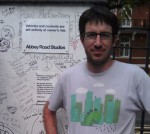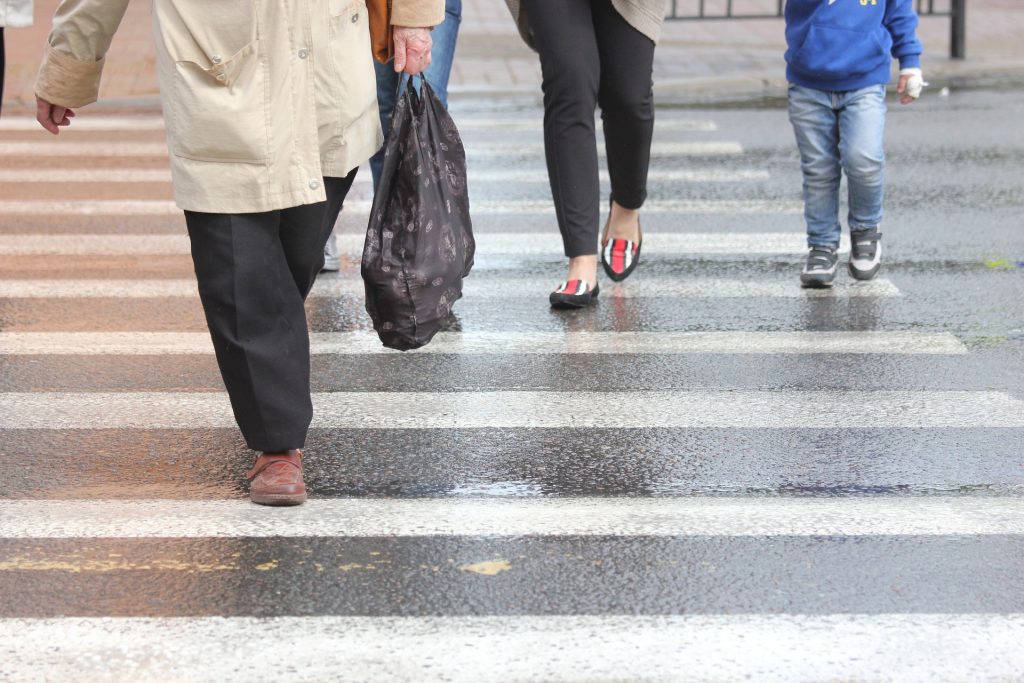Walking’s Link to Creativity
All the city news you can use.
Every day at The Overhead Wire we sort through over 1,500 news items about cities and share the best ones with our email list. At the end of the week, we take some of the most popular stories and share them with Urban Milwaukee readers. They are national (or international) links, sometimes entertaining and sometimes absurd, but hopefully useful.
Why walking helps us think: When humans walk, their body chemistry changes. The heart pumps blood faster and oxygen is circulated more quickly to the brain. And walking doesn’t need much conscious effort on the part of the mind, which leaves our brains open to ruminating on other things. But walking alone is not enough, where we walk matters and where an urban walk can be overstimulating, a nature walk can provide calm. (Ferris Jabr | The New Yorker)
Flexing federal highway money for transit: A new NHCRP paper discusses how many states are flexing highway funding for transit use. But it’s rare. Between 2013 and 2020 states flexed only 4% of their funds. 8 states flex more than 4% of their funds with New Jersey flexing 15%. But ultimately it comes down to state priorities as to whether they want to use existing highway funds for transit purposes. (TransitCenter)
Why are some streetlights turning purple: A number of LED streetlights have been turning up purple, creating worry about how the lights went from white light to a more Halloween vibe. It turns out part of the problem was the manufacturing process in which the negative results don’t show up until years later. To make white light, LEDs are sheathed in a glass ceramic covering, but if that wears out the light goes purple. (Adam Rogers | Business Insider)
Creative ways Amsterdam is building a circular economy: Amsterdam in the Netherlands is looking to make its economy completely sustainable and circular by 2050. Circular means that the materials for everything can be reused for something else from solar panels to clothing, avoiding landfills. Multiple initiatives are already in motion including textile recycling and reuse as well as how paving stones can relocated and reused. (Adele Peters | Fast Company)
Quote of the Week
Boring’s speed claims are “totally unrealistic”. There’ll be improvements here, for sure, but there’s not going to be a revolution.
–Lok Home, president of the Robbins Co., a leading maker of tunnel-boring machines in the Wall Street Journal on the Boring Company’s overly optimistic claims.
This week on the podcast, we’re joined by Northern California Director for High Speed Rail Boris Lipkin and Streetsblog San Francisco Editor Roger Rudick to talk about high speed rail’s progress in California.
Want more links to read? Visit The Overhead Wire and signup.
If you think stories like this are important, become a member of Urban Milwaukee and help support real, independent journalism. Plus you get some cool added benefits.
Urban Reads
-
How Traffic Noise Impacts Children’s Brains
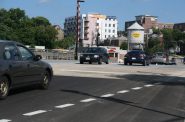 Jul 1st, 2024 by Jeff Wood
Jul 1st, 2024 by Jeff Wood
-
Number of Super Commuters is Rising
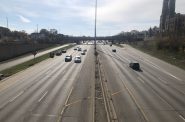 Jun 22nd, 2024 by Jeff Wood
Jun 22nd, 2024 by Jeff Wood
-
Why Has the Walkable City Been Villainized?
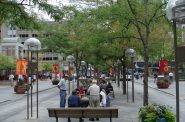 Jun 9th, 2024 by Jeff Wood
Jun 9th, 2024 by Jeff Wood

